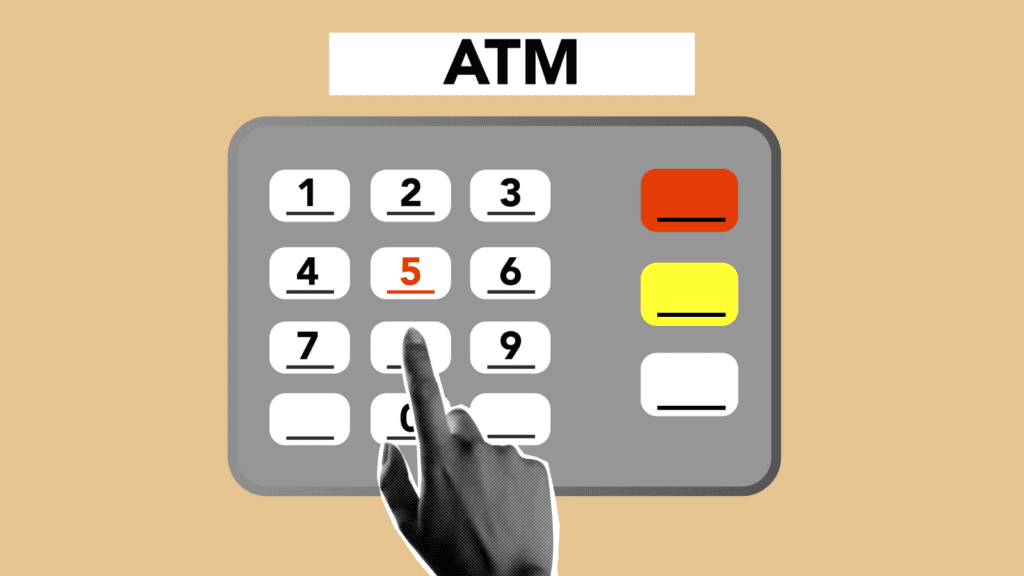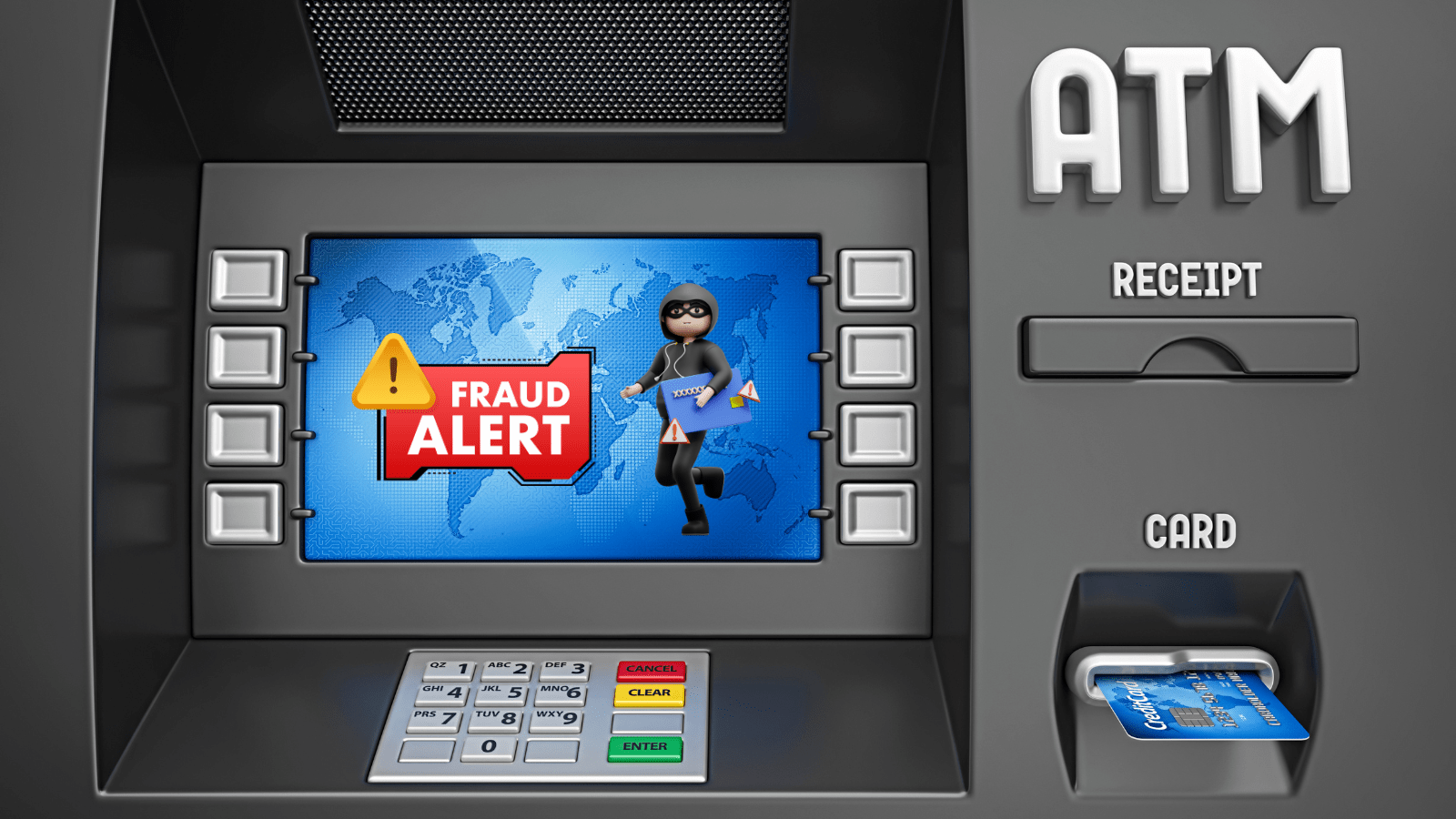ATM frauds have become increasingly common as scammers devise new methods to exploit unsuspecting users. Understanding these common ATM frauds is crucial for safeguarding your finances and personal information. Here are some of the most prevalent ATM frauds and tips to stay safe.
Skimming - A Common ATM Frauds Targeting Card Data

Skimming is one of the most common ATM frauds. Scammers install a discreet device on the ATM that can capture the data on your card's magnetic strip. Coupled with a hidden camera to record your PIN, they can clone your card and make unauthorized transactions. To avoid this common ATM fraud, inspect the ATM for any unusual devices attached to it, and always cover the keypad while entering your PIN.
Shimming - A Sophisticated Form of Common ATM Fraud

Shimming is a sophisticated form of common ATM frauds where criminals use a thin, card-sized device called a shim to access data from the chip of a debit or credit card. These shims are discreetly inserted into the card slot, making them nearly undetectable. They work by intercepting the data during a transaction, allowing fraudsters to clone the card's chip and potentially steal funds. To protect against this common ATM fraud, be cautious and observant, inspect the ATM for any signs of tampering, and consider using contactless payment methods when available.
Card Cloning - A Deceptive Common ATM Fraud

Card cloning is a deceptive practice where criminals replicate your ATM card's data to create a counterfeit card. This common ATM fraud often targets individuals who are less familiar with such scams, including the elderly. The cloning process involves capturing the card's information using a device covertly installed on an ATM or card reader. To safeguard against this common ATM fraud, keep your card within sight during transactions and be cautious of strangers offering assistance at ATMs.
Trapping - A Common ATM Frauds to Capture Your Card

Trapping is a deceptive technique used by fraudsters to capture an ATM user's card, a common ATM frauds. They install a device inside the card slot that physically ensnares the card, preventing it from being returned after a transaction. If your card becomes trapped, contact your bank immediately and report the incident. Avoid using ATMs that appear tampered with or are located in poorly lit or secluded areas, as these are more likely to be targeted by this common ATM fraud.
Keyboard Jamming - A Devious Common ATM Fraud

Keyboard Jamming is a devious form of common ATM frauds where scammers intentionally disable key buttons on the ATM's keypad, causing confusion and leading the user to abandon the session, potentially leaving their card in the machine. To guard against this common ATM fraud, always test the keypad before inserting your card, and if you encounter any resistance or find that certain keys don't work, cancel the transaction immediately.
Phishing - A Common ATM Fraud Targeting Personal Information

Phishing is a fraudulent attempt to obtain sensitive information such as usernames, passwords, and credit card details by disguising oneself as a trustworthy entity in electronic communication. In the context of common ATM fraud, phishing can involve scammers sending messages that appear to be from your bank, requesting your ATM card details and PIN. To protect yourself from this common ATM fraud, verify the authenticity of any communication received and do not click on links or download attachments from unknown or unsolicited emails or messages.
Card Swapping - A Cunning Common ATM Fraud

Card Swapping is a cunning form of common ATM fraud where a scammer watches as you input your PIN and then uses a distraction technique to exchange your card with a fake one. To prevent this common ATM fraud, stay focused at the ATM and do not allow any interruptions during your transaction. Be wary of strangers approaching or speaking to you, and if you suspect a card swap has occurred, notify your bank immediately to secure your account.
Conclusion
ATM frauds are prevalent and constantly evolving, making it crucial to stay vigilant and aware of these common scams. By understanding the various techniques used by fraudsters and taking the necessary precautions, you can significantly reduce the risk of becoming a victim of ATM frauds. Remember to inspect ATMs for any signs of tampering, protect your personal information, and report any suspicious activity to your bank immediately. Staying informed and taking proactive measures is key to safeguarding your finances and personal data from these common ATM frauds.
This article just scratched the surface! For a deeper dive into this topic, check out TechTalksToday. They offer insightful discussions, the latest news, and solutions to your tech problems.

